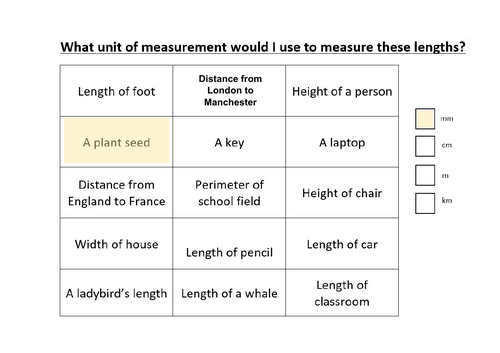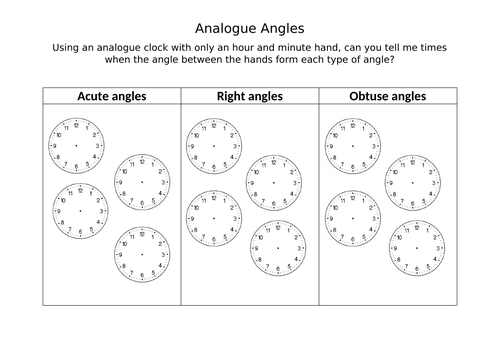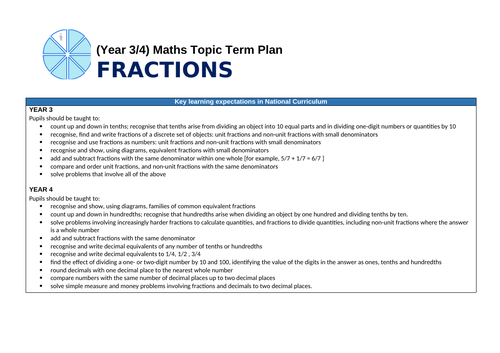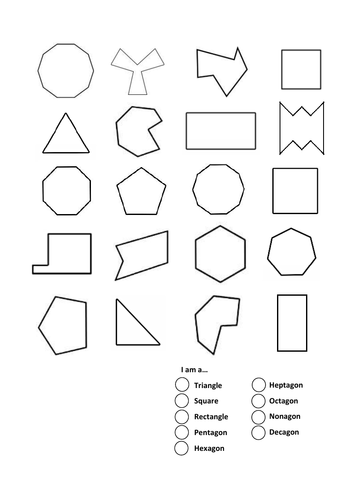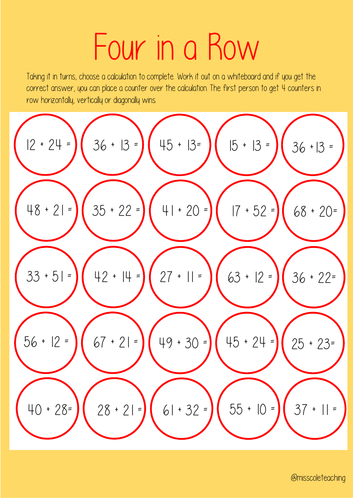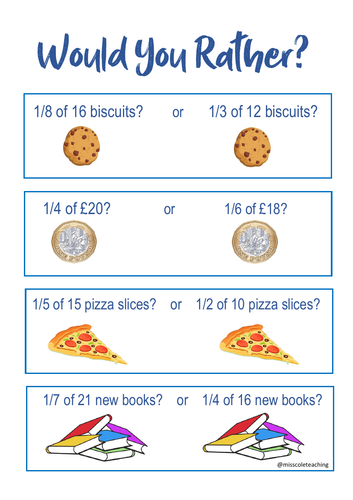Miss Cole Teaching
https://www.youtube.com/playlist?list=PL9xa8A1oXI2a9oRxGvQuojTDtoneHJXbx I have over 60,000 views on my teaching YouTube channel and featured on Heart Radio with Amanda Holden, Look East News and the local newspapers talking about teaching. Enjoy :)

